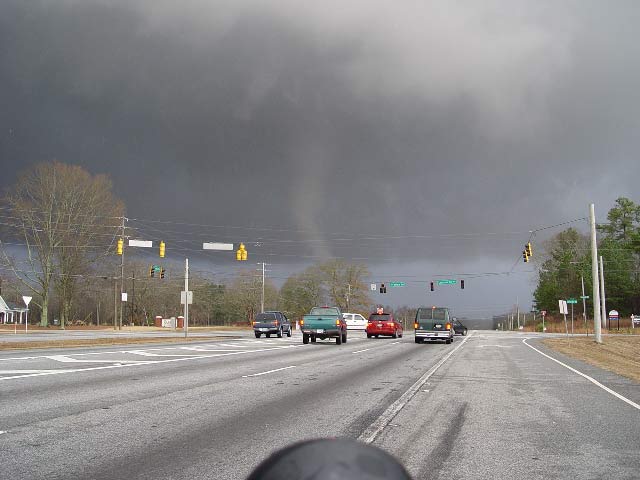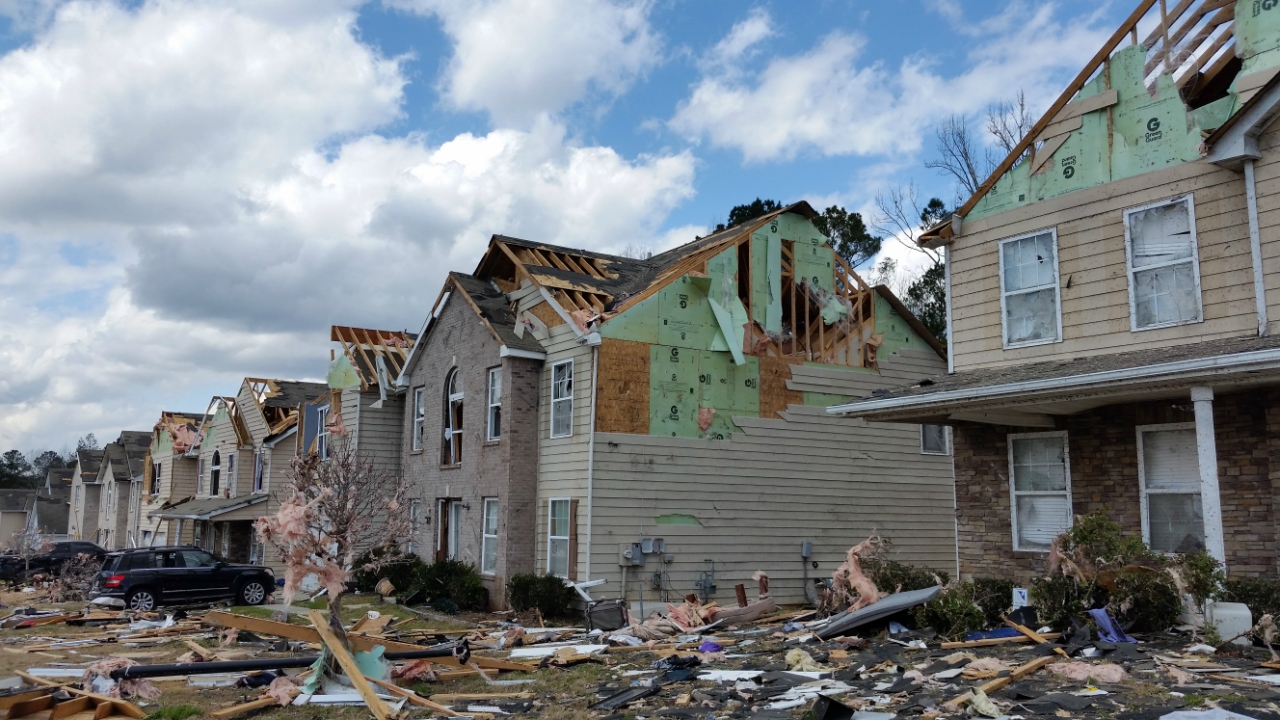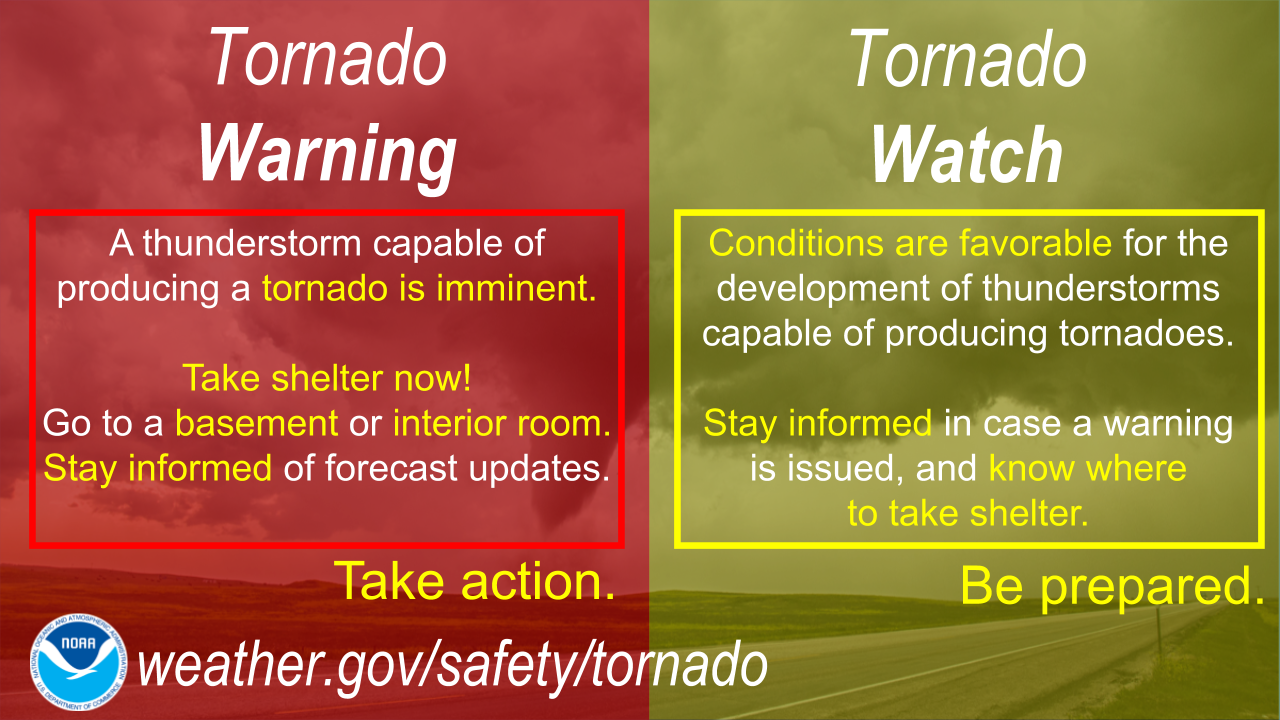 Tornadoes are violently rotating columns of air, extending from the thunderstorm that is in contact with the ground. Tornadoes can vary in shape, size and intensity. Most tornadoes are weak, lasting a few minutes and producing winds of less than 100 mph. However, a few tornadoes are strong or even violent. These tornadoes last from 20 minutes to over an hour and can produce winds of between 100 and 300 mph.
Tornadoes are violently rotating columns of air, extending from the thunderstorm that is in contact with the ground. Tornadoes can vary in shape, size and intensity. Most tornadoes are weak, lasting a few minutes and producing winds of less than 100 mph. However, a few tornadoes are strong or even violent. These tornadoes last from 20 minutes to over an hour and can produce winds of between 100 and 300 mph.
The most notable tornado event of 2020 was the Tornado Outbreak that occurred on Easter. 21 tornadoes were confirmed in the NWS Atlanta/Peachtree City forecast area during that tornado outbreak. Sadly, a number of fatalities occurred during this outbreak.​
All of Georgia is prone to tornadoes, as shown in this map depicting Georgia tornadoes from 1950-2014. The average number of days with reported tornadoes is 6 in Georgia. Tornadoes have been reported throughout the year, but are most likely to occur from March to May, with the peak in April. Tornadoes are also most likely in the mid afternoon to early evening time frame, but can occur any time of the day or night. 37 percent of all tornadoes are classified as strong or violent (EF2 or greater on the Enhanced Fujita Scale), and these tornadoes are most likely to occur in the month of April. Although Georgia has seen a few EF-4 tornadoes, with the most recent one on April 27, 2011 in Catoosa County, the state has never recorded an EF-5 tornado. In Georgia, tornadoes are often hard to see as they are wrapped in areas of rain and hail. The hilly terrain can also limit your ability to see a tornado. Check out this video on Tonado Safety.
What can you do to protect yourself and your family?

- The best thing to do is to have a plan of action in place before threatening weather develops. The Red Cross has a Tornado Safety Checklist available to help you make your plan.
- Know what the difference is between a watch and warning. A Tornado Watch means conditions are favorable for tornadoes to develop, but there is not an imminent threat. A Tornado Warning means a tornado has been detected and an imminent threat to life and property has developed.
- Know your area (including the name of your county) so you can track storms via weather radio, local TV, radio reports or the internet. Make sure you have battery backup. Monitor area forecasts to know if threatening weather is possible when you are planning outdoor activities.
- If a tornado is imminent and you are in a home or building, move to a pre-designated shelter on the lowest floor, such as a basement, or a small interior room closet, bathroom or hallway and get under a sturdy piece of furniture. Remember to always put as many walls as possible between you and the outside.
- Stay away from windows.
- Get out of automobiles. Do not try to outrun a tornado in your car. If you are caught outside or in a vehicle lie flat in a nearby ditch or depression, but be aware of possible flooding, and cover your head with your hands.
- Mobile homes are not a safe place to be during severe weather. You should leave a mobile home and go the lowest floor of sturdy nearby building or a storm shelter.

Tornadoes can happen year-round in Georgia, including in the Fall and Winter, as you can see in the graph below.
.jpg)
Want to learn more about tornadoes?
As you can see, tornadoes are quite common in this part of the country! To learn how tornadoes form, visit the NWS JetStream educational page on tornadoes.
.png)
